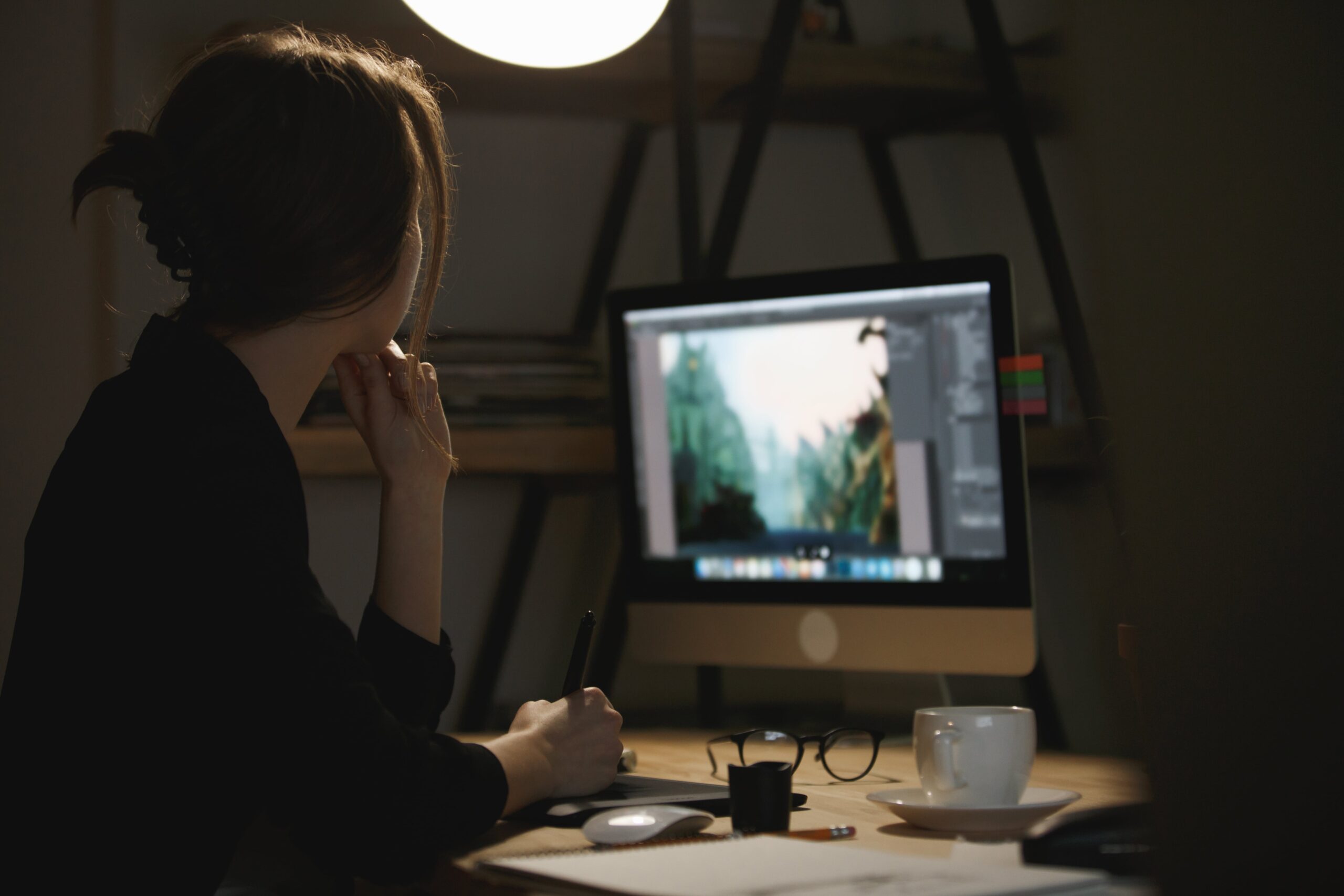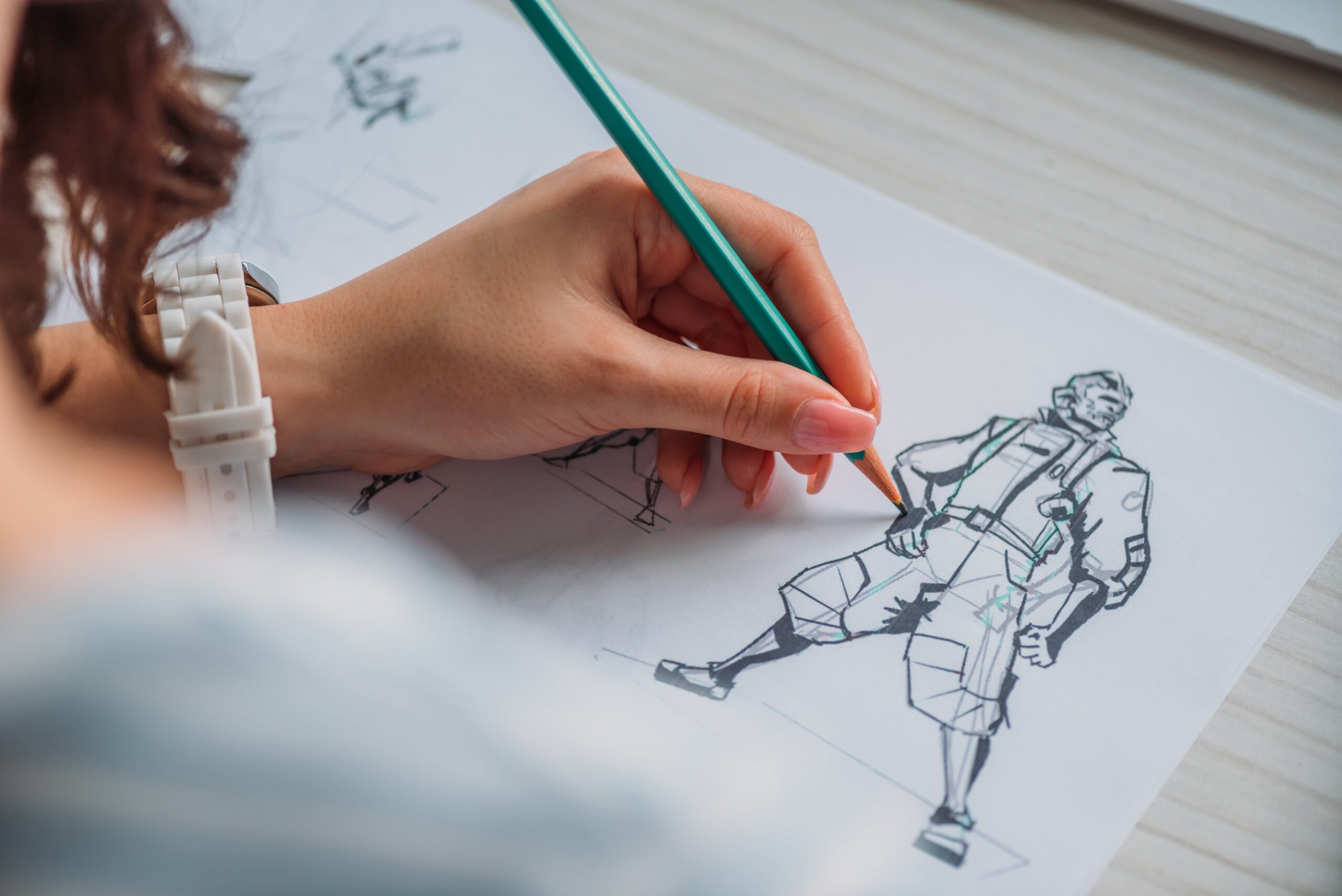Traditional art has long been a cornerstone of artistic expression across cultures and time periods. From intricate cave paintings to Renaissance masterpieces, traditional art forms have paved the way for contemporary artists to explore new horizons and push the boundaries of creativity.
In the field of animation, the influences of traditional art are profound and far-reaching, shaping the aesthetics, storytelling techniques, and visual styles that define the industry today.
In this article, we will delve into the fascinating world of traditional art influences on contemporary animation, exploring how the rich heritage of artistic traditions continues to inspire and inform the vibrant and dynamic field of animation.
Roots of Traditional Art in Animation
Traditional art forms such as painting, drawing, sculpture, and printmaking have served as the foundation for the development of animation as an art form. The principles of composition, color theory, perspective, and anatomy that are fundamental to traditional art have been seamlessly integrated into the animation process, lending depth and realism to animated characters and settings.
Artists working in animation often draw upon the techniques and aesthetics of traditional art to create visually stunning and emotionally resonant works that captivate audiences of all ages.
The Influence of Classical Art Movements
Classical art movements such as Impressionism, Cubism, Surrealism, and Abstract Expressionism have had a profound impact on the evolution of animation as a storytelling medium. The bold colors, expressive brushwork, and innovative compositions of these art movements have inspired animators to experiment with new visual styles and narrative techniques, pushing the boundaries of what is possible in the realm of animation.
By drawing inspiration from classical art movements, animators are able to infuse their work with a sense of artistic sophistication and cultural relevance that resonates with audiences around the world.
Cultural Traditions and Folk Art
Traditional art forms rooted in specific cultural traditions and folk art practices have also played a significant role in shaping contemporary animation. Artists draw upon the rich visual heritage of their own cultural backgrounds to create animated works that celebrate diverse perspectives and storytelling traditions.
By incorporating elements of cultural traditions and folk art into their animations, artists are able to create authentic and meaningful narratives that resonate with audiences on a deep and emotional level.
The Legacy of Animation Pioneers
Animation pioneers such as Walt Disney, Hayao Miyazaki, and Chuck Jones have left an indelible mark on the field of animation, drawing inspiration from traditional art forms to create iconic characters and timeless stories.
These visionary artists understood the power of traditional art in shaping the visual language of animation, and they leveraged this knowledge to revolutionize the industry and push the boundaries of what is possible in the realm of animated storytelling.
Their legacy continues to inspire a new generation of animators to explore the intersections between traditional art and contemporary animation, creating works that are both innovative and deeply rooted in artistic tradition.
The Intersection of Traditional Art and Technology
In today’s digital age, advancements in technology have revolutionized the animation industry, enabling artists to create stunning visual effects and immersive worlds that were once unimaginable. However, despite these technological advances, the influence of traditional art on contemporary animation remains as strong as ever.
Many animators continue to draw inspiration from traditional art forms, incorporating hand-drawn elements, painterly textures, and organic shapes into their digital animations to create a sense of warmth, depth, and authenticity that resonates with audiences on a visceral level.
Educational Opportunities in Traditional Art and Animation
For aspiring animators looking to explore the intersection of traditional art and contemporary animation, there is a wide range of educational opportunities available to help them hone their craft and develop their unique artistic voice.
Institutions such as New York University (NYU) offer comprehensive programs in animation that combine traditional art techniques with cutting-edge digital tools, providing students with the skills and knowledge they need to succeed in the competitive animation industry.
Furthermore, programs such as NYU’s Animation Industry Essentials, offered in partnership with Yellowbrick, provide aspiring animators with the opportunity to learn from industry professionals and gain hands-on experience in the field of animation.
Career Paths in Traditional Art and Animation
The field of animation offers a diverse array of career paths for talented artists and storytellers looking to make their mark in the industry. From character animators and storyboard artists to concept designers and art directors, there are ample opportunities for creative individuals to find their niche and pursue their passion for animation.
By drawing upon the influences of traditional art and exploring new avenues of creative expression, animators can carve out successful careers in a dynamic and ever-evolving industry that values innovation, originality, and artistic excellence.
Embracing the Legacy of Traditional Art in Animation
As the animation industry continues to evolve and expand, the influences of traditional art on contemporary animation remain as relevant and impactful as ever. By embracing the rich heritage of artistic traditions and drawing inspiration from the artistic masters of the past, animators can create works that are both timeless and cutting-edge, pushing the boundaries of creativity and storytelling in new and exciting ways.
By honoring the legacy of traditional art in animation and exploring the endless possibilities that lie at the intersection of art and technology, animators can continue to captivate audiences and inspire future generations of artists to follow in their creative footsteps.
Key Takeaways:
- Traditional art forms have deeply influenced the aesthetics, storytelling techniques, and visual styles in contemporary animation.
- The foundational principles of traditional art, such as composition, color theory, perspective, and anatomy, are integrated into the animation process to add depth and realism.
- Classical art movements like Impressionism, Cubism, and Surrealism inspire animators to experiment with new visual styles and narrative techniques.
- Cultural traditions and folk art help shape authentic and meaningful narratives in contemporary animation, celebrating diverse perspectives.
- Pioneers like Walt Disney and Hayao Miyazaki leveraged traditional art forms to shape the visual language of animation and revolutionize the industry.
- Even in the digital age, traditional art elements like hand-drawn textures and painterly effects are used to bring warmth and authenticity to animations.
- Educational programs, such as those offered by NYU, combine traditional art techniques with digital tools to train the next generation of animators.
- The animation industry offers varied career paths for artists, such as character animators, storyboard artists, concept designers, and art directors.
- Embracing the legacy of traditional art allows animators to create works that are both timeless and innovative.
To further hone your skills and knowledge in animation, consider enrolling in the NYU Animation Industry Essentials online course and certificate program offered in partnership with Yellowbrick. This program provides valuable insights from industry professionals and hands-on experience to help you succeed in the competitive world of animation.




